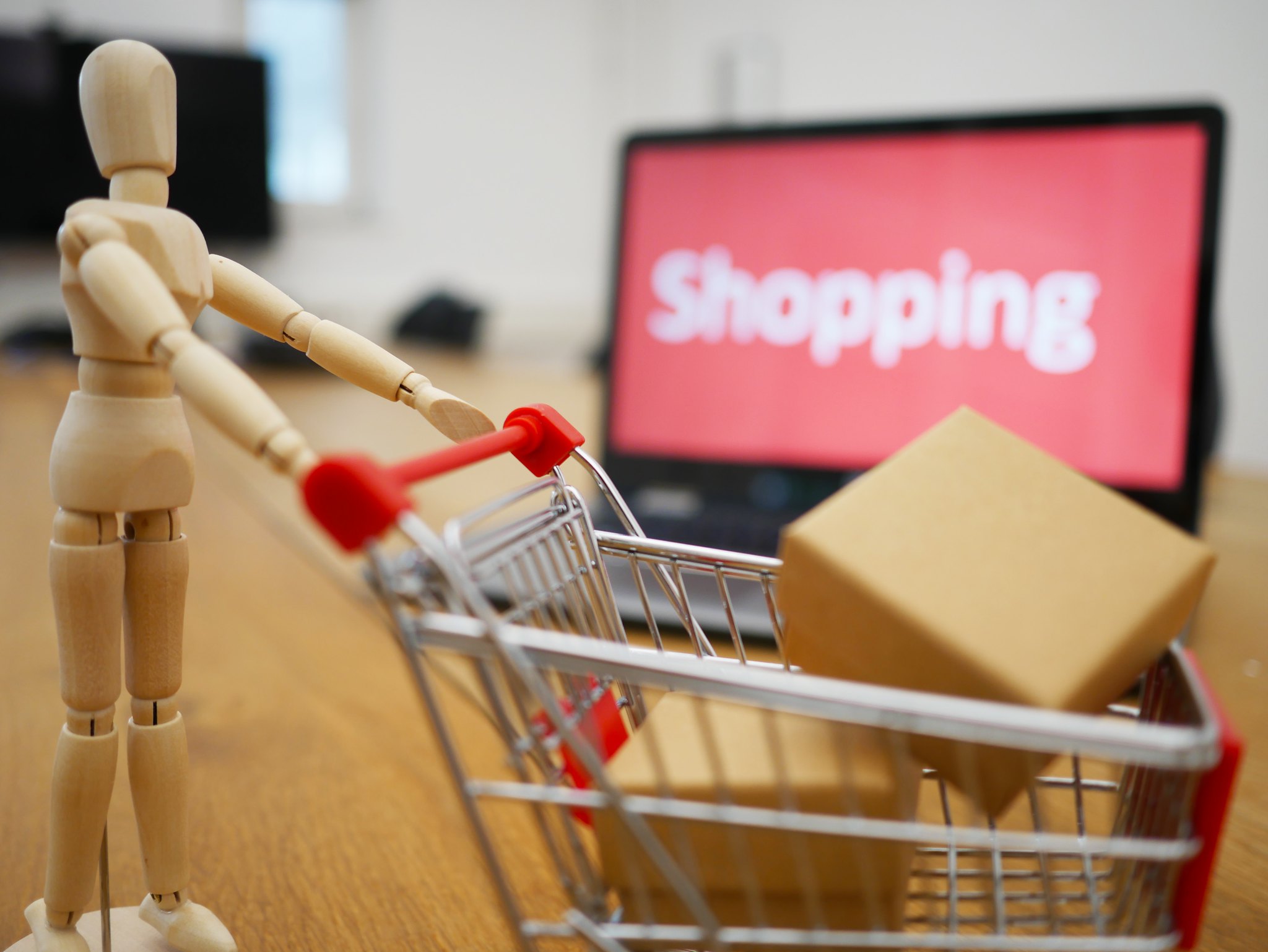
Beginner Read eCommerce and Merchandising
External Link
The 5 Types of Customers and How to Get Them to Buy MoreArticle from The Balance Small Business: Mark Hunter illustrates how to engage with your loyal customers to increase your sales.
In this article
Establishing an online shop can be a great addition to any organisation, whether you already have a physical shop within your venue or are looking for new ways to attract customers and increase revenue. The future of shopping has become more than just having customers walk through your front door, it’s about that door being open 24/7. It’s about casting a wider geographical net and creating new digital pathways that enable customers to connect with your organisation.
Without an online shop, you could be missing out on the sales potential that an eCommerce channel can deliver in the hours when your physical shop is closed. Consumers are browsing and shopping online more than ever, so now is the perfect time to make sure your organisation is taking advantage of this opportunity and meeting customers’ expectations.
In its simplest terms, eCommerce means electronic commerce and refers to any sale made over the internet. If you’ve ever purchased products or services online, whether it’s books, groceries, clothes, music or tickets, you’ve taken part in eCommerce.
eCommerce as a market has grown considerably over the years, with many retailers now operating a digital-first strategy rather than a more traditional bricks-and-mortar approach. These retailers are utilising the expansive online market first to target their audience and to generate initial sales with reduced risk before committing to a physical store.
Cultural organisations with publicly accessible venues already have an advantage here: a physical space with natural customer footfall, and with any luck, some accumulated customer data spanning years. However, these organisations may need to build a digital strategy to maximise their online market potential.
eCommerce has grown in popularity as it directly benefits the consumer, both in terms of shopping convenience and in helping organisations create a complementary revenue stream. To put this into context, around 30% of organisations funded by Arts Council England already have an online shop.
Now that we’ve got an understanding of what eCommerce is, let’s review the benefits of having an online shop. If you have a physical gift shop at your venue, you will only be attracting customers who are able to visit you in person. By having an online shop, you have the potential to access anyone, anywhere in the world – and these people are then able to support your organisation.
Social media is a great way to share and discover new products, drive traffic to your online shop and increase your customer base. That means you can promote products to your existing social media following on Instagram, Facebook or whichever platform you favour, hopefully converting your followers into supporters and purchasers.
It’s important to be customer-centric when building your organisation in the 21st century. Customer feedback is key to understanding customers wishes and needs.
One of the biggest pros of eCommerce is that consumers can browse and shop whenever they like, so it’s important for your organisation to offer exactly that – a 24/7 shopping solution. As customers become more digitally savvy, online expectations become greater, and you have to work harder for their loyalty. That customer loyalty is built on providing a service: you don’t want your most loyal customers going to a competitor’s online shop because you haven’t got one.
There are also benefits for your physical shop when you encourage customers to shop online. For example, a customer can discover your eCommerce site, purchase from you, and then ‘click and collect’ at your venue. Statistics suggest these customers are extremely valuable and could be up to four times more likely to make a secondary purchase when they come to collect their item. Linking your physical and online stores together can be a great opportunity to market other experiences and offers while they are a captive audience.

When your organisation already has building and staff overheads to control, it can be difficult to put forward a case to your senior management for exploring alternative avenues. However, an online store has become an affordable asset. Thanks to technology making the process scalable and flexible, it’s now easy for individuals, small-medium organisations and larger-scale institutions to all compete in the same online space. Having said that, there is no one-size-fits-all model to eCommerce, so you really need to work out what you want. For example:
The good news is that most platforms these days have extensive free resources and 24/7 support to help you build your online business, so you don’t need to feel alone or out of your depth.
Once you have an idea of what you want from your online shop, you’ll be able to work out which eCommerce platform provider would be the best option. If you are unsure about which platform to choose from, we will be creating resources to guide you through the process, including information on reduced rates for charity or not for profit-status organisations.
This article has introduced some of the key advantages of adding an eCommerce platform to your organisation’s wider strategy, as well as some of the most important things to consider before doing so. To learn more, you can read one of the articles linked below.
The Digital Culture Network is here to support you and your organisation. Our Tech Champions can provide free 1-2-1 support to all arts and cultural organisations who are in receipt of, or eligible for, Arts Council England funding. If you need help or would like to chat with us about any of the advice we have covered above, please get in touch. Sign up to our newsletter below and follow us on Twitter @ace_dcn for the latest updates.
Original article created in 2020. Author: Emma Roberts. Article reviewed on 24th February 2021.
Beginner Read eCommerce and Merchandising
External Link
The 5 Types of Customers and How to Get Them to Buy MoreArticle from The Balance Small Business: Mark Hunter illustrates how to engage with your loyal customers to increase your sales.
Beginner Read eCommerce and Merchandising
External Link
Ecommerce jargon busterNetmatter's Katy Smith provides some easy explanations for the most common and confusing eCommerce jargon. Netmatter's Katy Smith provides some easy explanations for the most common and confusing eCommerce jargon.
Beginner Read Email Marketing
Email marketing is a powerful tool when it comes to building relationships with your audience. Read on to find out more about what it can do for your organisation.
Beginner Read Box Office and Ticketing Customer Relationship Management CRM
Understanding your audience data can be your ticket to success. Read on to find out how to make the most of what your customers tell you.
Beginner Read Social Media
Social media is a unique and powerful way to help your organisation thrive and engage with your audience. Read on to find out more.



